Silkie Chickens are an all-time favorite of backyard chicken keepers. They’re friendly, fairly docile and make for excellent mothers. All these traits and more make them the perfect pet for beginner chicken keepers and experts alike.
Silkie Chickens
Quick Chick(en) Facts
| Origin | China, and onto Europe & North America through the Silk Route |
| Colors | Black, Blue, Buff, Gray, Partridge, Self-blue, Splash, White |
| Weight | 1.5 lb. - 2 lb. |
| Lifespan | 7-8 years |
| Rate of Lay/yr | 110-155 eggs |
| Egg Size | Small to Medium |
| Egg Color | White, Cream |
| Heat Hardy | Somewhat |
| Cold Hardy | Somewhat |
| Broodiness | Often |
| Disease Susceptibility | Marek's Disease, Mites & Lice |
| Temperament | Docile, Very Friendly |
| Beginner Friendly | Yes |
| Cost to Purchase | $5-$15/chick |
Quick Jump
Chapter 2: History of Silkie Chickens
Chapter 3: Silkie Chickens for Sale
Chapter 4: Silkie Egg Laying
Chapter 5: Silkie Heath Issues & Care
Chapter 6: Silkie Temperament
Chapter 7: Feeding Silkies
Chapter 8: Coop & Run Size for Silkies
Chapter 9: Pros & Cons of Silkie Chickens
Chapter 10: Silkie FAQs
Chapter 1: Appearance of Silkie Chickens
The Silkie chicken is probably the most unique looking chicken you can have in your flock. You definitely won’t be mistaking your Silkies for your Easter Eggers!
Their bodies are quite stout, while their chests are puffed out, made even more obvious by their extremely fluffy feathers.
These feathers appear like fur, and feel like it too in most cases. It can also resemble silk - hence - the Silkie chicken.
A Silkie’s feathers go all the way down their legs and often cover their feet, which makes for quite a sight when they run around the yard.
Their feet are set apart wider than most other breeds, which is for stability. This is because of their plump body, as well as their legs being quite short.
A Silkie’s head is often referred to as a “pom-pom,” and many have noted the similarities between the head of a Silkie and the head of a Polish Hen.
Silkie eyes will always be jet black, while their comb looks like a walnut, and often as black as their eyes.
Their beaks will be short, and in many cases a beautiful blue color.
Size
Adult Silkie chickens generally weigh between 1.5 and 2 lb. for hens, and 2-3 lb. for roosters.
Silkies are larger in Europe than their American counterparts, sometimes growing as hens to 3 lb., and are considered “large fowl” there, as opposed to “bantams” in the U.S.
Colors
Silkies come in a variety of colors, with the White variety being the one you’ve likely seen the most of.
Despite White being the most popular color for Silkies, the American Poultry Association (APA) actually recognizes eight different color varieties.
Self-blue is a lighter version of the grey silkie, and can also look (and be referred to as) lavender in some cases.
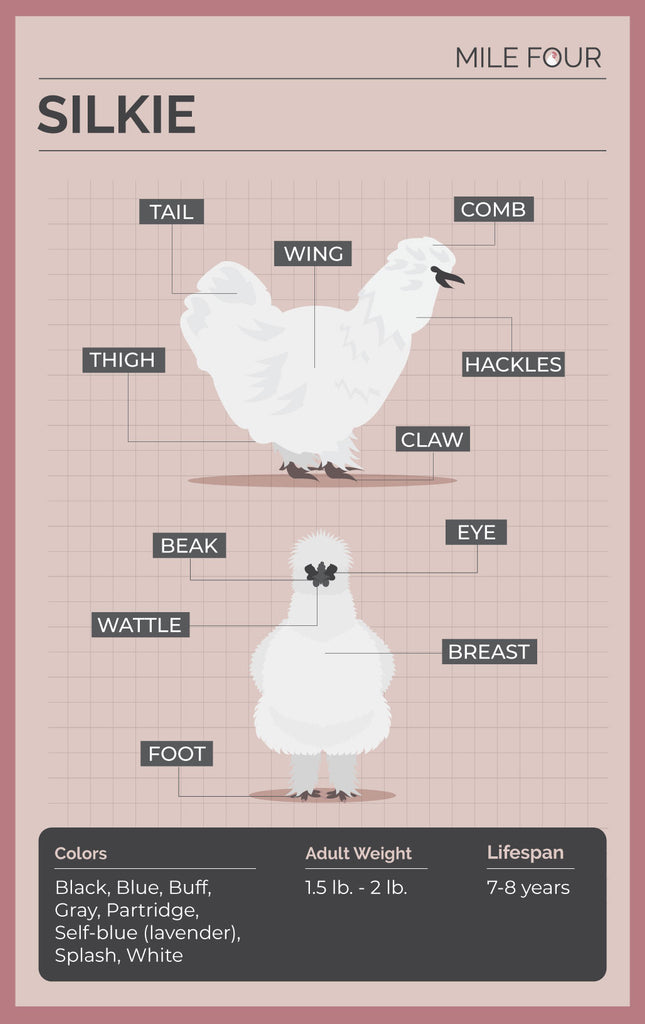
Share this Image On Your Site
Chapter 2: History of Silkie Chickens
Silkie chickens are old-timers! It is thought that they originated as far back as 200 BC during the Han Dynasty.
The Silkie is also known as the Chinese Silk Chicken, and its Chinese name literally translates to “black-boned.”
This is because of their black bones and skin, which in some areas is thought to make their meat medicinal.
Silkie’s Journey
Marco Polo was the first explorer to note the existence of the Silkie - around 1290-1300.
While he never saw one (as far as we know), the breed was explained to him as a “furry chicken,” which was the phrase he recorded in his diary.
From China, it is widely thought that the Silkie chicken travelled west through the Silk Route, which was a trade route that began in Asia and ran to the Mediterranean.
It was around 4,000 miles in length, and had major significance in economic, political and religious matters during its existence.
But, most importantly, it gave us the Silkie!
The original Silk Route ended in modern-day Iraq, which allowed Silkies to spread from there to the Balkans, and then further into Western Europe and eventually the Americas.
Silkie’s were often a big part of scams in trading, with some deceptive traders claiming that the breed was half-rabbit, half-chicken.
This led to them being involved in some circus shows, with them regularly being mistakenly identified as half-chicken, half-mammal.
Once arriving in Western Europe and the Americas, many realized that Silkies would make excellent pets, as well as mothers to hatched chicks.
It was in 1872 that the APA welcomed them into the American Standard of Perfection, and they’ve become a beautiful addition to coops ever since!

Share this Image On Your Site
Chapter 3: Silkie Chickens for Sale
So, if you’re here, you’re probably interested in getting a silkie or five of your own!
The good news is, they’re available at almost all hatcheries across the United States.
Most hatcheries price their Silkies for $3-15 per chick and $25-50 for a full grown, laying hen.
When you buy chicks, it’s sometimes impossible to know whether you’re getting a hen or a rooster, which is why they’re generally cheaper than buying one fully grown.
Buy a Silkie online today:
Silkies are also available at other hatcheries across the country, and you may even find a local hatchery close to you that specializes in Silkies only!
Silkie Hatcheries
VJP Poultry in Minneapolis, for example, is a Silkie only hatchery - and they sell their chicks on a first come, first serve basis.
You’ll want to note that if it is your first time buying chicks online, they will be shipped to you with enough food to last the trip.
You will have to pick them up at the Post Office and have a member of staff watch you physically open the box to ensure they were delivered in good shape.
Should you have any problems with your delivery, most hatcheries will be happy to send you a replacement shipment.
If you need more information on purchasing chickens from a hatchery, read our Best Hatcheries Guide here!
Chapter 4: Silkie Egg Laying
If you’re looking for eggs on eggs on eggs, the Silkie probably isn’t the best breed to welcome into your flock, but if you’re looking for a chicken to make a great pet, you’re in luck.
They’re docile, friendly and love to cuddle, so are especially great if you have children too!
Silkie Rate of Lay
Silkies will lay anywhere between 110 and 155 eggs a year, around 2-3 a week, which is significantly less than what you’d get from a Rhode Island Red, for example, who will give you around 250 eggs a year.
Silkie eggs will generally fit into the “small to medium” category, meaning they weigh in between 18 and 21 ounces per dozen.
This is smaller than the average egg size you’re used to making recipes with. These eggs are “large” and generally around 24 ounces.
Silkie eggs are cream colored, and they’ll start laying at their regular pace much earlier in the year than other hens in your flock.

Share this Image On Your Site
Silkie Broodiness
As you’ve probably heard, Silkies have a tendency to go broody quite often.
It’s one of the reasons they make such good mothers.
So much so, that they have been specifically bred for this trait for decades.
If you’re looking to hatch chicks in your backyard, a Silkie is the best chicken to have at your disposal.
If you don’t have a rooster, or aren’t buying fertilized eggs, it can get a little frustrating to break them of their broodiness more often than your other breeds.
Because they love being motherly, they’ll steal eggs from other birds in your flock, and even ducks and other waterfowl, and sit on them while broody.
They’ll have no problem trying their hand (wing?) at raising these chicks and ducklings too.
The best thing to do with a broody Silkie, unlike the other hens in your flock, is to allow her to go through the full cycle.
If you are reliant on their eggs, however, placing them into a wire cage (like a dog kennel) will take care of it pretty quickly.
Chapter 5: Silkie Health Issues & Care
Marek’s Disease in Silkies
Like many chickens, Silkies are susceptible to Marek’s Disease.
Marek’s Disease is a condition which causes inflammation and tumors in the nerves, spine and brain of chickens.
This leads to paralyzation, which eventually causes death by starvation.
Chicken keepers should consider getting all of their birds vaccinated for Marek’s Disease, but some owners have gone a few steps further and started to breed for natural immunity to Marek’s.
When vaccinating for protection from Marek’s Disease, you’ll need to administer the vaccination to day-old chicks, and keep them away from the rest of the flock for up to seven days to allow the vaccination to work.
Lice & Mites in Silkies
Silkies are also susceptible to lice and mites due to their long, fluffy feathers, which means you’ll have to keep an eye on them from time to time, as well as keeping the coop and run as clean as possible.
Their feathers can also start to grow and cover their eyes, so trimming around their eyes every now and again will allow them to see to the best of their abilities.
This can also be said for their butts, but with regular trimming, you shouldn’t see any issues with cleanliness or egg-laying.
If you have silkies in your flock, you may have noticed that they have an extra toe on each foot. Sometimes even two extra toes!
There’s no real understanding of why they have this extra toe, but since their feet are feathered, you’ll want to pay close attention in the wet and wintery months so they don’t get too irritated.
Silkies Getting Wet
Another thing to watch out for with your Silkies is drying them when they get wet.
Their furry feathers don’t stick together, and so they aren’t insulated like most of the other birds in your flock.
If they get wet and aren’t dried appropriately, they could get very cold, very quickly, which can lead to hypothermia and death.
This is particularly true in colder climates, and even if they aren’t wet, you’ll want to make sure the coop has some kind of heat source in the winters to keep them at optimal temperatures.
Silkie Vaulted Skull
Silkies have a “vaulted skull” that can be a target for other birds. It leaves them quite vulnerable at the very top of their head.
Because of this, and before you welcome a Silkie into your flock, you’ll need to make sure the other birds in the coop aren’t aggressive.
Aggressive birds can cause serious damage or death to a Silkie should they peck at their head.
Don’t let these issues bother you too much, though!
Giving these birds the love and care they deserve will set you up for success, and you’ll be able to enjoy your silkies for up to eight years!
Chapter 6: Silkie Temperament
One of the main reasons that Silkies are an all-time favorite for backyard chicken owners is their temperament.
Silkies are known as docile and loving creatures who are very trusting of their owners and their flock friends.
This can sometimes get them into trouble as they can be bullied from time to time and not stick up for themselves.
Silkies & Tid-Bitting
If you have a rooster in your flock, they will perform something called “tid-bitting,” where they pick up food and take it to their favorite hen(s).
Because Silkies are so kind and loving in nature, they might miss out on this treat from the rooster, and may even get picked on by the flock members who are clamoring to be the “favorite hen.”
This is why Silkies are generally better suited in a flock with chickens of the same temperament.
These include breeds like:
This loving and trusting nature leads us to the other reason they’re a prized possession in a backyard flock.
Silkies as Mothers
Silkies make excellent mothers!
They will go broody quite often, which can be annoying in a flock without a rooster, but if you’re looking to hatch chicks, you’ve found your MVP.
Silkies are so good at hatching and caring for their eggs, that they’ll often steal other chicken’s eggs and sit on them too, in the hope that they’ll hatch.
Once these eggs are hatched, Silkies will do some “tid-bitting” of their own, dropping treats by their chicks to show them what to eat.
This will show the chicks the good stuff around the yard before they’re old enough to go snackin’ by themselves.
If the mother hen sees one of her chicks going for something that’s not so good, she’ll usually give the chick a little bop on the noggin’ to discourage it.
Chapter 7: Feeding Silkies
Silkie’s don’t have any specific dietary needs, meaning you’ll be fine feeding them what you feed the rest of your flock.
Chicks will need a 21% Starter Feed, which you can purchase right here! They will eat Starter from the day they’re born to when they’re 8 weeks old.
Once they’re 8 weeks old, you’ll want to switch them to a 18% Grower Feed, which you can also purchase right here!
Grower is fed to pullets from 8 weeks all the way up to when they lay their first egg.
Once their first egg is laid, you’ll need to switch them to a 16% Layer Feed.
You guessed it. You can purchase Layer Feed right here!
This Layer Feed will be the main source of nutrition for the rest of their lives, but you can add in treats like Scratch, or Oyster Shell to aid in egg production.
Chapter 8: Coop & Run Size for Silkies
Since Silkies can’t fly, they won’t need any big fences or anything to stop them from escaping, but you will need to ensure they have enough space in the coop and run.
For each Silkie, you’ll need somewhere between 3-4 square feet of space inside the coop, and 8-10 square feet of space in the run.
The perches you set up will need to be closer to the ground because of their inability to fly.
It is relatively common for Silkies to sleep on the ground, sometimes huddled up together, so a low perch may not be too vital if you find they’re not using it.
While Silkies are technically heat-hardy, they will need a fan or something to keep them cool in the summers due to their thick feathers.
Chapter 9: Pros & Cons of Silkie Chickens
| Pros | Cons |
| Docile, caring & very friendly | Low rate of lay |
| Make for great mothers | Susceptible to Marek's Disease |
| Good with kids | Susceptible to live & mites |
| Relatively quiet | Go broody often |
| Great if you’re looking to hatch chicks | Can get picked on by other chickens |
| Make for the best pets | Can have issues in wet/cold climates |
Chapter 10: Silkie FAQs
Q: How many eggs will a Silkie lay per year?
A: Silkies will lay around 110-155 eggs per year, which is quite low compared to a Rhode Island Red or a Sussex, who can lay up to 300 eggs a year
Q: What color are their eggs?
A: Eggs will be a white or cream color
Q: Are Silkies aggressive?
A: No! Silkies are very docile, loving and cuddly
Q: How often do Silkies go broody?
A: Silkies are broody quite often. They will sometimes sit in their brooding next for several months out of the year
Q: Are Silkies susceptible to any diseases?
A: Yes. Silkies are quite susceptible to Marek’s Disease, and due to their furry feathers, can be a target for mites and lice
Summary
The main thing to know about the Silkie chicken is that they’re excellent pets.
They will be an extremely friendly and docile addition to your flock, while also loving you and being extremely accepting of cuddles.
There are some things you need to look out for when keeping Silkies, specifically Marek’s Disease and how the rest of your flock treats them from time to time.
You must also consider their bodies in cold and wet climates. Keeping them dry is imperative to their overall health, while heat sources will be very welcome in the colder months.
Overall, you’ll love your time as a Silkie chicken keeper, so much so that you’ll likely eventually end up with a whole flock of them!
If you’d like to learn more about the Silkie chicken, check out these other guides from across the web:
If you love Silkies so much that you want to join a club literally dedicated to them, you should check out the American Silkie Bantam Club!
They sell Silkie merchandise, have a forum to discuss Silkies, and host shows dedicated to their favorite breed.


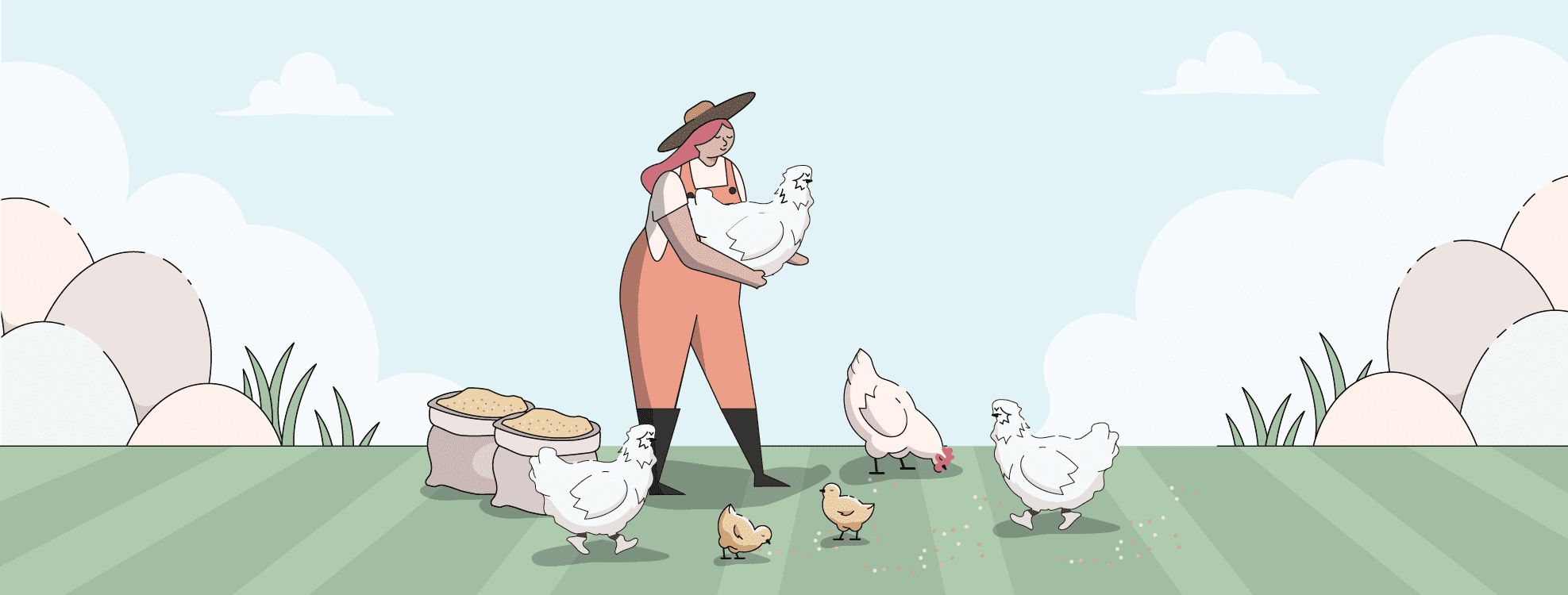

![Winter Chicken Care | Ultimate Guide [2026]](http://milefour.com/cdn/shop/articles/Mile_Four-Content-15_e1067340-1a72-4632-83f5-c66d9a2158d9.png?v=1767031296&width=1500)

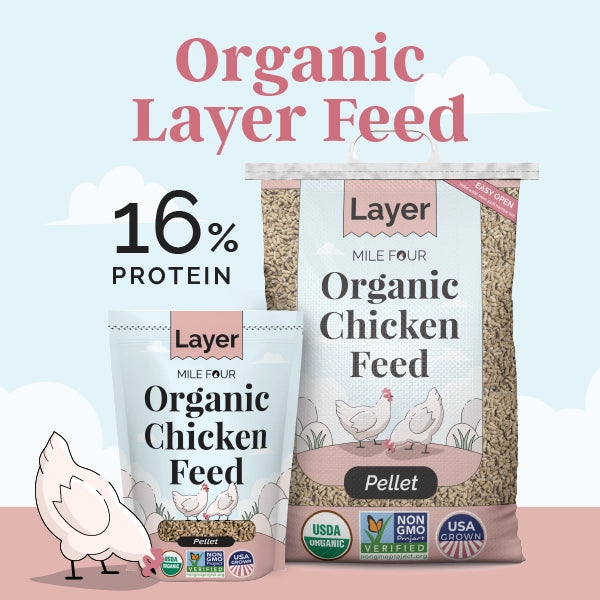
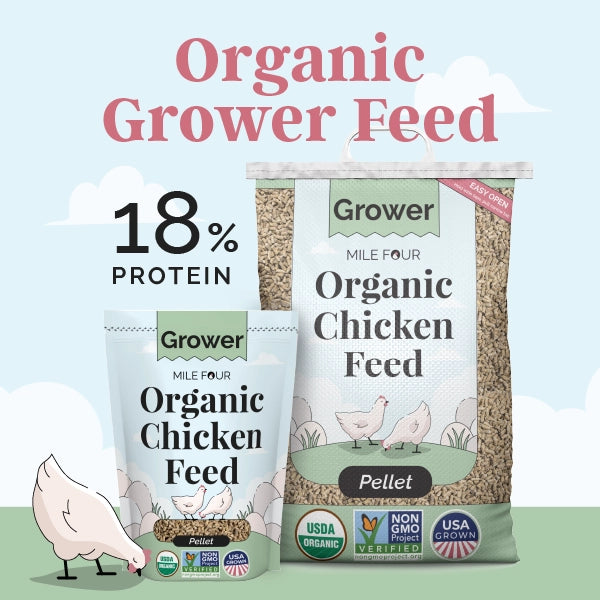
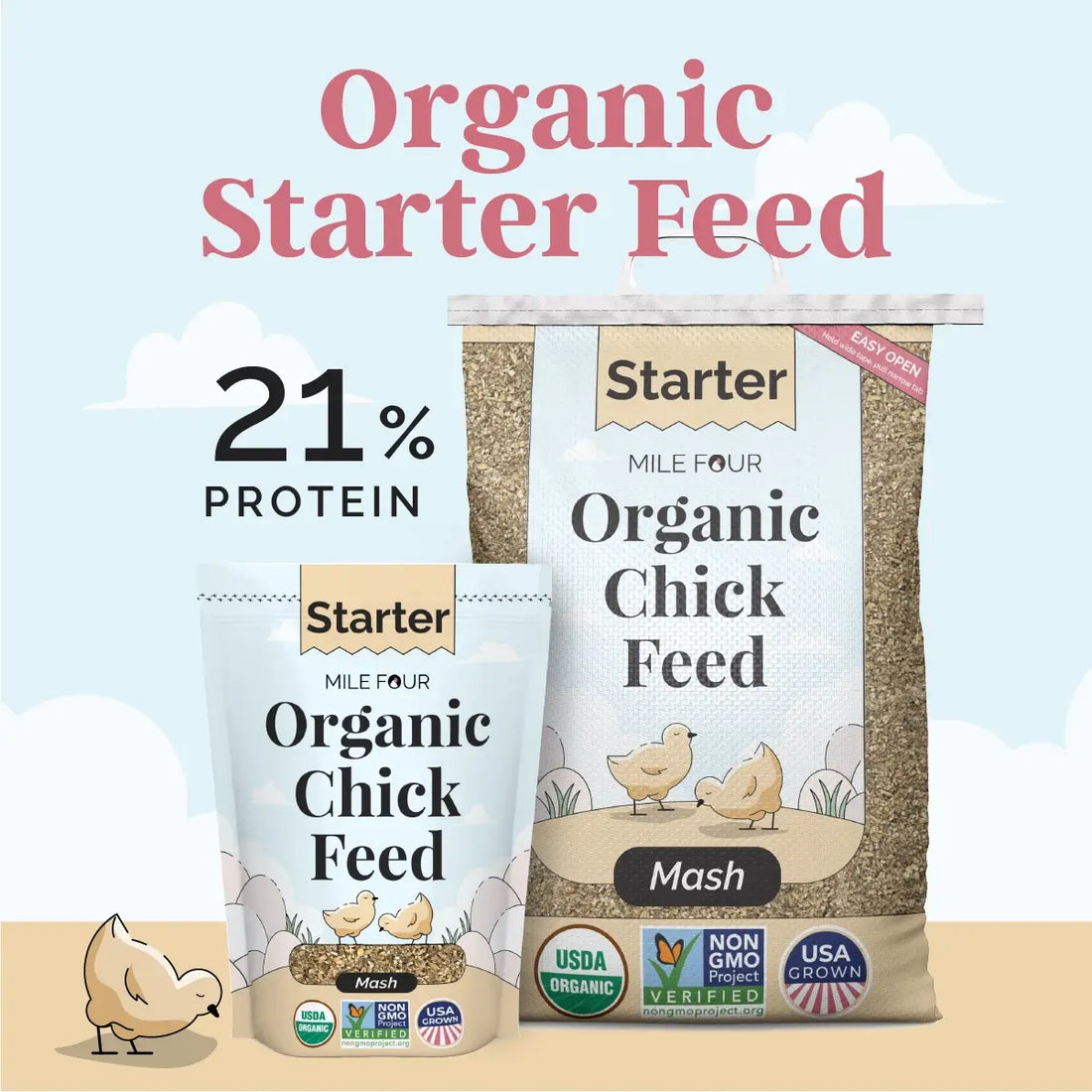
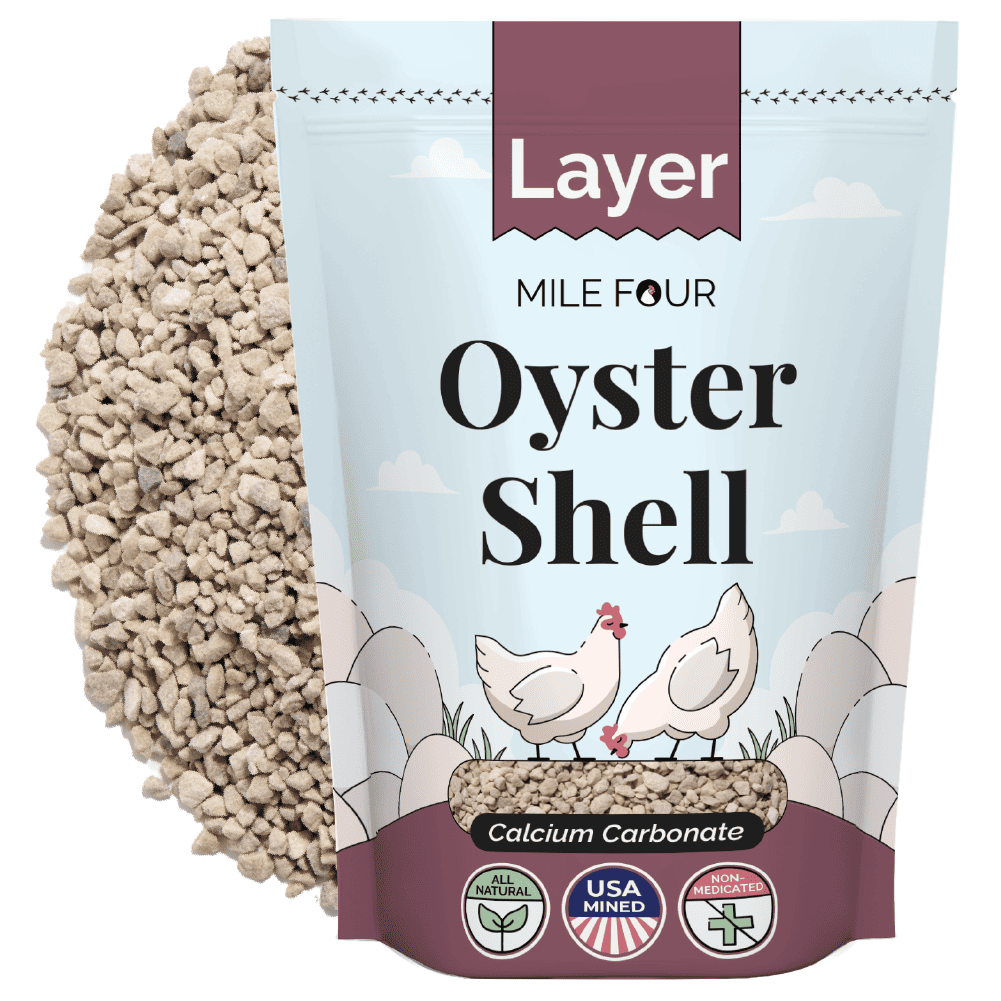
1 comment
Love this read!! I can’t wait to build my chicken coop and get silkies.